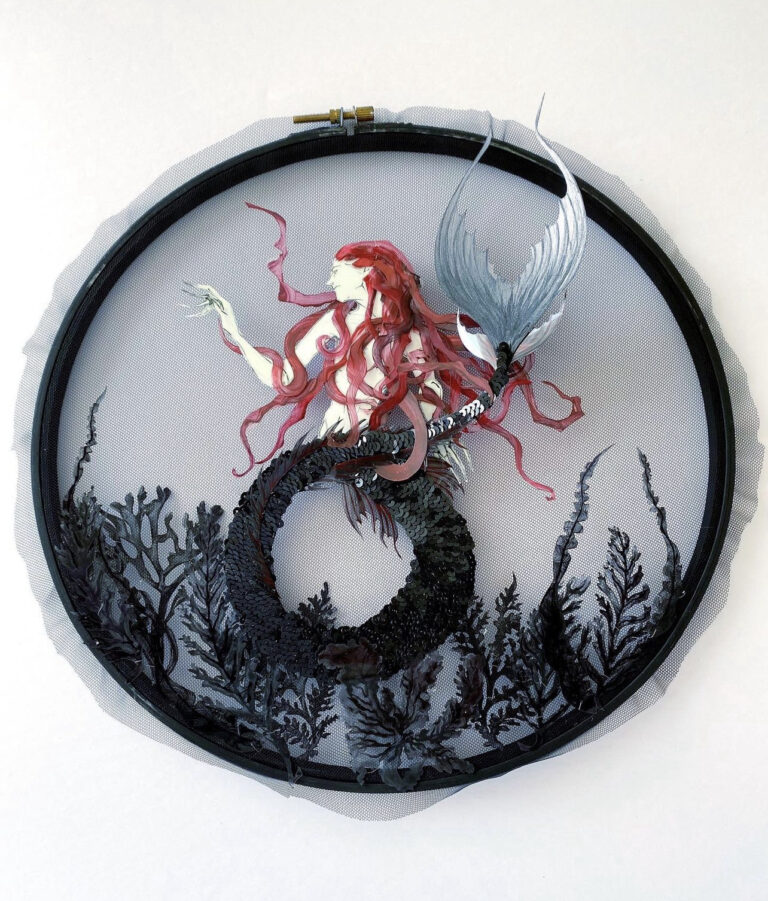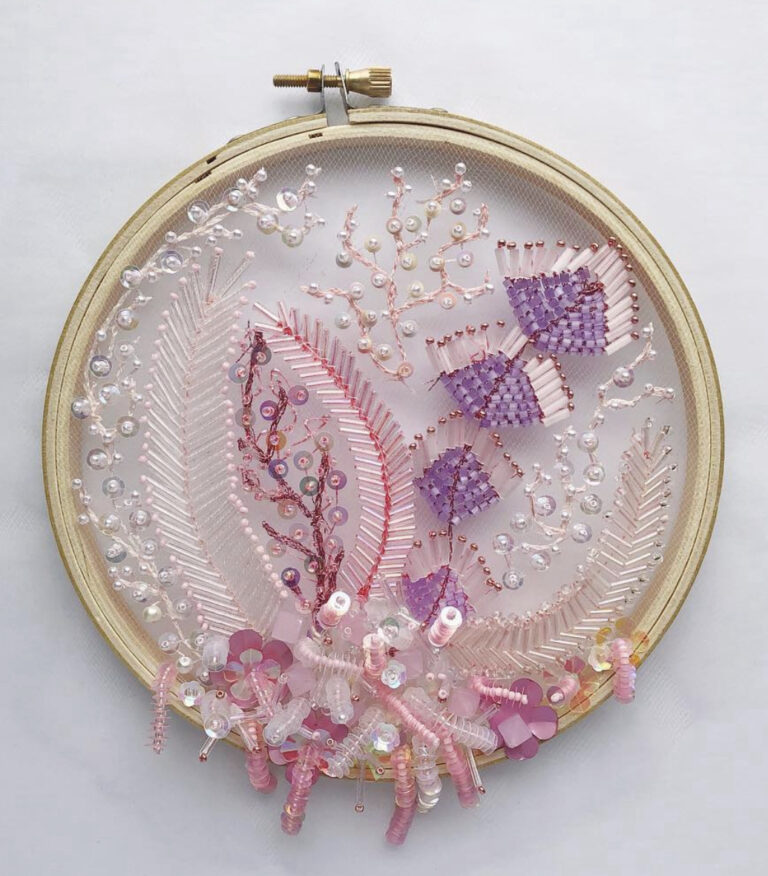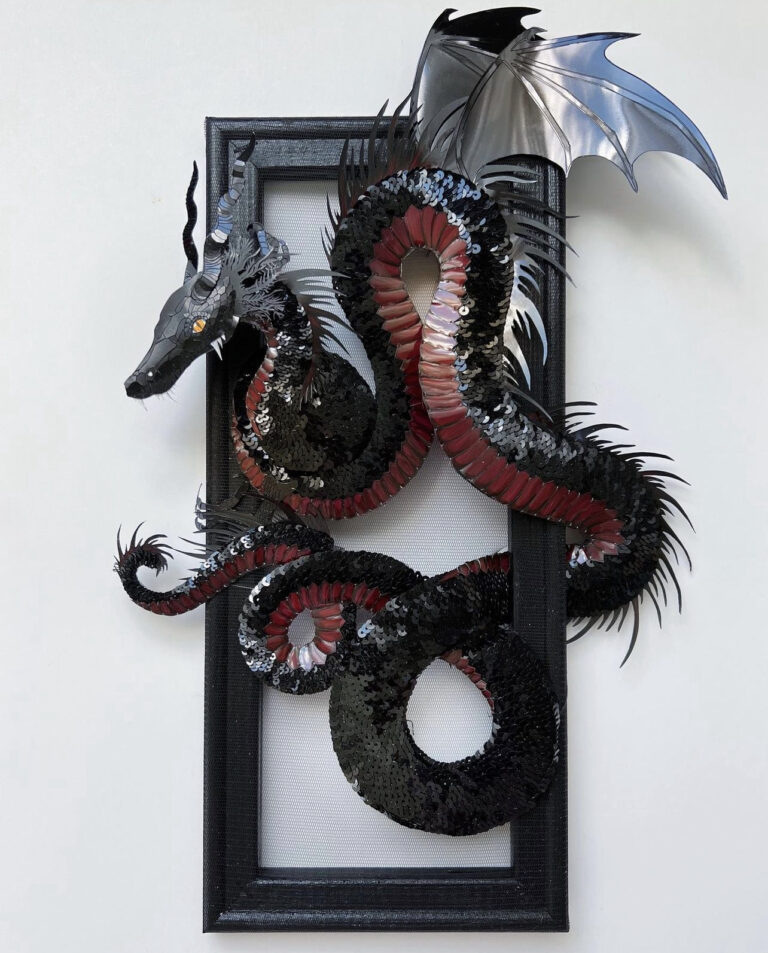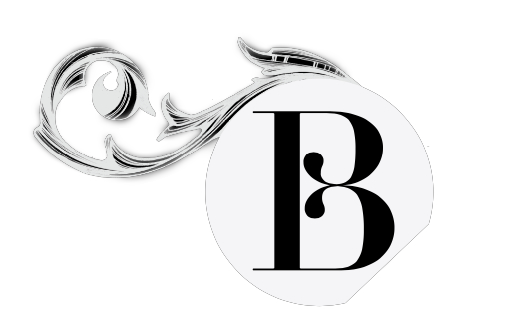How to connect to our authentic creative selves
I was recently asked to write a ‘hack’ for Uptime – a bite-size educational app for those looking to learn on the go. I chose to write about thriving creatively – something it’s taken me a hard time to learn the last three years.
Many of you know that I chose to close my couture bridal label in late 2018. It took another five years to actually complete all my contracts (thanks, covid). By the time I made my decision, I was utterly burned out and creatively parched. I loved designing gowns for my clients so much, but none of them were mine. They were all designed to a brief for someone else, and while that challenge was really fun and often rewarding, I realized I’d buried some of my own voice in the process. So much so that when I did eventually have time to just pursue my ‘own’ art, it took a while to figure out what that even might be.
I definitely had a few false starts. There are a bunch of abandoned projects and unused supplies in a pile in my office closet. But I kept trying, and there were a few things that happened to really push me to blossom into whatever it is I’m doing now, which no one can seem to agree on a word for. It’s kinda funny, because on the one hand, I have artist friends who are slightly envious – “Do you know how hard it is to break new ground in art and do something so new and weird it doesn’t have a name?” And others who are furious that I just default to calling it embroidery and want me to know I have no right to call it that. It really bothers some people, and I have been excluded from some spaces dedicated to embroidery because mine “doesn’t count”. I disagree, but whatever. You all know where I started. I suppose if all someone sees is point B, I sort of understand questioning it a bit, but if you have been here since point A, it’s a pretty straight line. My ‘sequins’ just got bigger and weirder and that’s it.
But how? How did I get here? I definitely wasn’t trying to break new ground or push any boundaries. That was absolutely not the goal.
There are three main things that helped me get to this point.
1. Understanding my strengths and weaknesses.
This was a whole big thing, and being quite transparent, required therapy. If you don’t have access to affordable mental health professionals (a lot of us don’t), the Bloom app helped me a lot as well.
Owning the things you’re bad at – and the ones you’re good at – helps build your confidence and frees you creatively (and in lots of other helpful ways).
Those who know me well know I am very naturally bad at time-management, organization, and punctuality. I have to work very hard just to be mediocre enough at these things to maintain a base level of professionalism, so you can imagine that running my bridal business took a lot of energy, since I didn’t just have to keep myself organized and punctual, but my entire client roster as well. That part was never fun.
On the other hand, I am really good at creative problem solving, contingencies and improvising in high-pressure situations. This talent was incredibly useful in my business, since there was just no way to predict all of the strange things that would happen with my clients. Throw twenty-five brides and their friends and family into a year and my dudes – so many curveballs, and I had to catch them all and solve the issues to make everyone happy.
Organization, punctuality and time-management are very stressed in our culture, and are for some reason tied to strong moral fortitude. So I believed for a long, long time that not being naturally gifted in these traits wasn’t just inconvenient and unprofessional, but were actual moral failings as a human. That I was a bad person.
But let me tell you something: Very organized and punctual people get very stressed out when plans do not follow the plan. I handle these situations very well. In those moments, the Organized and Punctual People are very happy that I have different strengths. And I have learned to appreciate these things about myself. Maybe even feel a tiny bit of pride from time to time.
It took me a long time to accept that my weaknesses are not irredeemable personal failings, they’re just the other side of a brain that has different abilities. Once we own the things we’re not great at, we free up so energy – we let go of so much guilt and shame. We can decide which areas actually require some extra prioritizing, and which don’t really matter that much. We can exercise a little forgiveness to ourselves. This is life-changing.
Guilt and shame are antithetical to the creative process.
I didn’t understand self-acceptance a few years ago. Now I know you can grow and strive to improve while also acknowledging what you suck at and what you’re awesome at.
2. Community
When we feel supported, we thrive. Building a strong community is incredibly helpful for developing your creative voice. Connections to groups with shared interests can provide feedback, make suggestions, offer commiseration and collaborate on ideas.
An enduring theme in my career is collaboration. Working with other artists helps push me creatively, offers perspectives not previously considered, and expands the boundaries of what I can achieve solo. It provides a deeper appreciation for the skills we blend together, and inspires the exploration of new horizons.
Wanna know what really pushed me creatively? Something a lot of people treat as silly or even embarrassing.
Fandom.
Fandom is a personal hobby that brings me so much joy, connecting me to a wide community of artists and writers that I have collaborated with. Y’all know Dory is one of my besties now – I met her through fandom, because she drew a picture of Crowley that I saw on Tumblr.
Mer-Crowley was a huge breakthrough for me creatively. I became one of Dory’s patrons and she let me steal a small sketch of Crowley’s head that I turned into this piece:

Because I really wanted to make figureative art, but none of the skills I had at the time – my embellishment and design skills – really lent themselves to figurative art. It was me being hell-bent on creating figurative fanart that bridged the gap between free-style beading art:

And this:

Something purely for fun, for escape, for zero stakes led directly to me blossoming and breaking new ground as an artist, when really I just wanted to contribute to my community. A community that I have been able to rely on for help, support and love through very real highs and lows the last three years.
Your people are out there, and they are dying to see your creative endeavours – to laud them, to cheer you on, to root for you.
3. Resources
Adding to your skills will always help push you creatively.
There is so much information out there waiting for you. Whether you want to be able to draw better, learn digital arts, draft a pattern – there are so many resources to learn from, to unlock potential in your ideas that you don’t even know about yet. A multitude of free tutorials are on YouTube, your favourite creators have patreons where they teach their processes. There are daily ten-minute procreate tutorials. There are online courses, community classes – no matter what your budget or time constraints, there are resources out there to help you reach the next level of skill. Plenty of you are learning from me on Patreon, there are a couple patrons who are making use of the mentoring I offer and working on their skills that way, and I am taking some illustration courses to help me reach my drawing goals.
(Speaking of, I will be offering in-person workshops again as soon as possible, I’m just working to find new spaces. All of the places I taught pre-pandemic are closed now, and finding new well-suited workspaces is a bit tricky, but I am on the case. I will let you know as soon as sort it out, I am looking at a new place on the 17th, so fingers crossed.)
